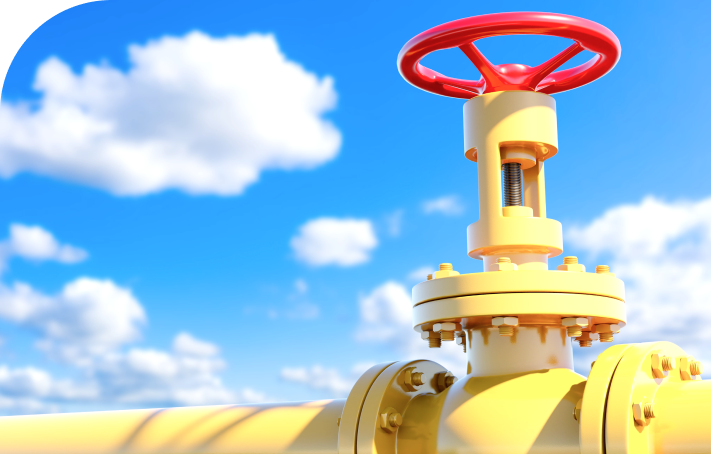Role of the consumer
According to the Minister of Economic Affairs and Infrastructure Regulation “Requirements for gas installation using fuel gas, its construction and installation of gas appliance, storage of a gas tank and filling a gas container”, a consumer who owns a gas installation is obliged to have it inspected by a competent person once every four years.
The inspection of a gas installation includes:
- checking the conformity and performance of the gas equipment in service;
- verification compliance with existing documentation;
- verification of the functioning of the air supply to the equipment and ventilation of the premises;
- verification of compliance of pipework;
- checking the tightness of the equipment connections;
- verification of the presence and installation of carbon monoxide detector.


